Obama’s withdrawal plan for Afghanistan
The president's plan charts an intermediary course between the wishes of the Pentagon and those of Congress.
What happened
President Obama unveiled plans this week to start bringing troops home from Afghanistan this summer, while keeping the bulk of 100,000 troops there for another year. In a speech made as The Week was going to press, the president was expected to announce a steeper rate of withdrawal than his generals and senior Pentagon officials wanted, but a much slower pace than demanded by some members of Congress. Under the plan, 5,000 troops would come home this summer, 5,000 more by the end of the year, and at least another 20,000 before the 2012 election. Some congressional leaders have grown increasingly frustrated at the war’s $10-billion-a-month cost at a time when the nation faces record, trillion-dollar deficits and major cuts in domestic spending. “Will we choose to rebuild America or Afghanistan?” asked Sen. Joe Manchin (D-W.Va.). “In light of our nation’s fiscal peril, we cannot do both.”
Defense Secretary Robert Gates acknowledged for the first time this week that the Afghan and U.S. governments were in “preliminary” peace talks with Taliban leaders. Gates cautioned that negotiations would not bear fruit unless the U.S. kept up military pressure. A Pew Research Center poll found growing opposition to the war, with 56 percent of Americans wanting the troops brought home as soon as possible.
The Week
Escape your echo chamber. Get the facts behind the news, plus analysis from multiple perspectives.

Sign up for The Week's Free Newsletters
From our morning news briefing to a weekly Good News Newsletter, get the best of The Week delivered directly to your inbox.
From our morning news briefing to a weekly Good News Newsletter, get the best of The Week delivered directly to your inbox.
What the editorials said
This was a very tough decision for Obama, said the San Francisco Chronicle. He was caught between the hawks, led by Gates and his generals, and the dovish instincts of Vice President Joe Biden and other liberal Democrats. Biden argued for a faster pullout, with special forces and drones focusing on remaining al Qaida militants. But the president was clearly persuaded by the argument that if the U.S. were to go home, the Taliban would regain strength, while women’s rights and steps toward a more civil society “could be erased.”
A prudent drawdown of troops “does not mean abandoning Afghanistan,” said the Orlando Sentinel. Let’s remember that Obama has tripled the number of troops in the country since he took office; we can’t afford the cost of keeping this up. Nor can we continue to see U.S. troops dying and being maimed to support Afghan President Hamid Karzai, a corrupt and ungrateful partner. Let’s start heading home.
What the columnists said
A free daily email with the biggest news stories of the day – and the best features from TheWeek.com
Once again, Obama has chosen “to split the differences” between the hawks and the doves, said Peter Feaver in ForeignPolicy.com. “The result is a policy that neither fully satisfies nor fully enrages the other side.” But on the ground, “the military prospects look better than when Obama took office.” The surge of 30,000 troops has the Taliban on its heels, while “al Qaida has been seriously degraded” by counterintelligence and persistent drone attacks. Even if the 30,000 troops came home by next year, said Kevin Drum in Mother Jones, we’d still have 70,000 troops in Afghanistan—more than twice as many as were there during the Bush administration. Meanwhile, the CIA says there are only 100 al Qaida members left in the country, and Karzai has made it clear he doesn’t want us there. “Why aren’t we arguing about whether we ought to be in Afghanistan at all?”
The reason we’re in Afghanistan, said Max Boot in the Los Angeles Times, is not only to stamp out al Qaida but also to stop it from “regenerating itself as it has in the past.” That means preventing the Taliban from returning to prominence, and projecting power into Pakistan. The smart course of action is to “continue to give the surge time to work.”
No one, not even Gen. David Petraeus, believes the surge can produce a military victory, said Spencer Ackerman in Wired.com. The real goal is to forge a peace deal with the Taliban, which is why troop withdrawal must proceed slowly. U.S. negotiators need to be able to credibly threaten that “the fighting will continue in intensity” if the Taliban balks at our terms, while offering faster withdrawal in exchange for concessions. That’s the real strategy, and we won’t know for about a year if it’s working.
-
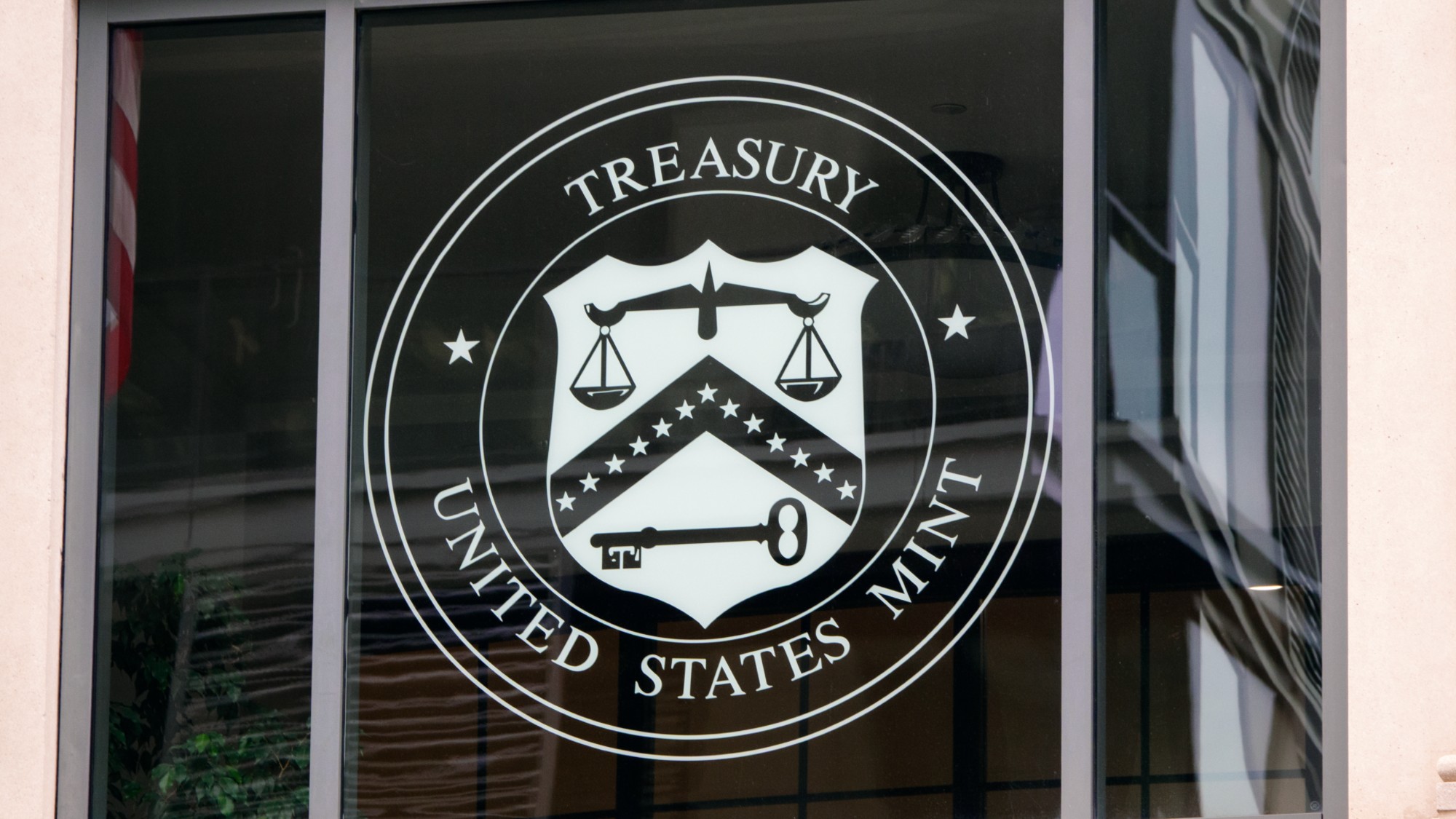 The Mint’s 250th anniversary coins face a whitewashing controversy
The Mint’s 250th anniversary coins face a whitewashing controversyThe Explainer The designs omitted several notable moments for civil rights and women’s rights
-
 ‘If regulators nix the rail merger, supply chain inefficiency will persist’
‘If regulators nix the rail merger, supply chain inefficiency will persist’Instant Opinion Opinion, comment and editorials of the day
-
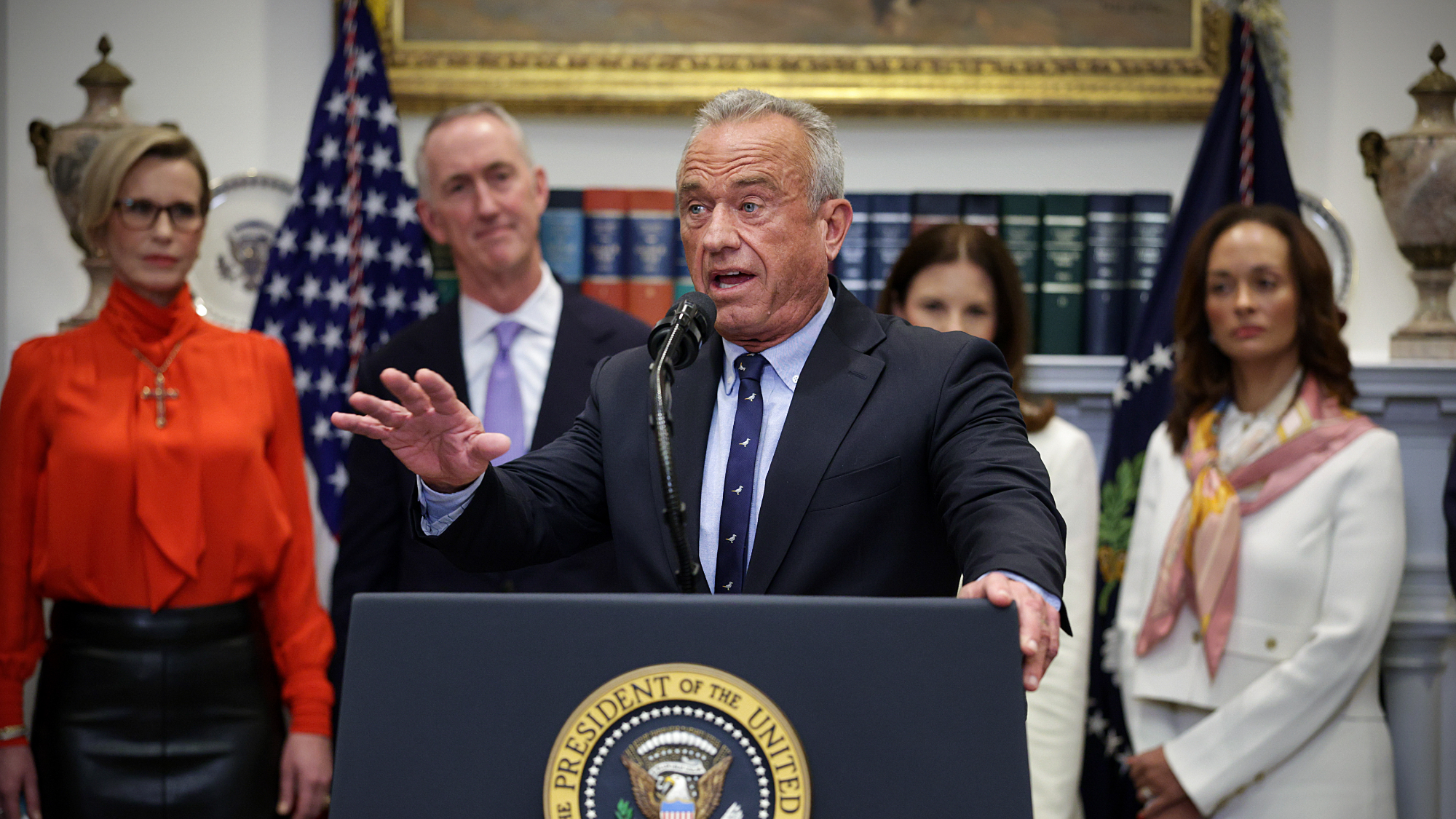 Trump HHS slashes advised child vaccinations
Trump HHS slashes advised child vaccinationsSpeed Read In a widely condemned move, the CDC will now recommend that children get vaccinated against 11 communicable diseases, not 17
-
 Bari Weiss’ ‘60 Minutes’ scandal is about more than one report
Bari Weiss’ ‘60 Minutes’ scandal is about more than one reportIN THE SPOTLIGHT By blocking an approved segment on a controversial prison holding US deportees in El Salvador, the editor-in-chief of CBS News has become the main story
-
 Has Zohran Mamdani shown the Democrats how to win again?
Has Zohran Mamdani shown the Democrats how to win again?Today’s Big Question New York City mayoral election touted as victory for left-wing populists but moderate centrist wins elsewhere present more complex path for Democratic Party
-
 Millions turn out for anti-Trump ‘No Kings’ rallies
Millions turn out for anti-Trump ‘No Kings’ ralliesSpeed Read An estimated 7 million people participated, 2 million more than at the first ‘No Kings’ protest in June
-
 Ghislaine Maxwell: angling for a Trump pardon
Ghislaine Maxwell: angling for a Trump pardonTalking Point Convicted sex trafficker's testimony could shed new light on president's links to Jeffrey Epstein
-
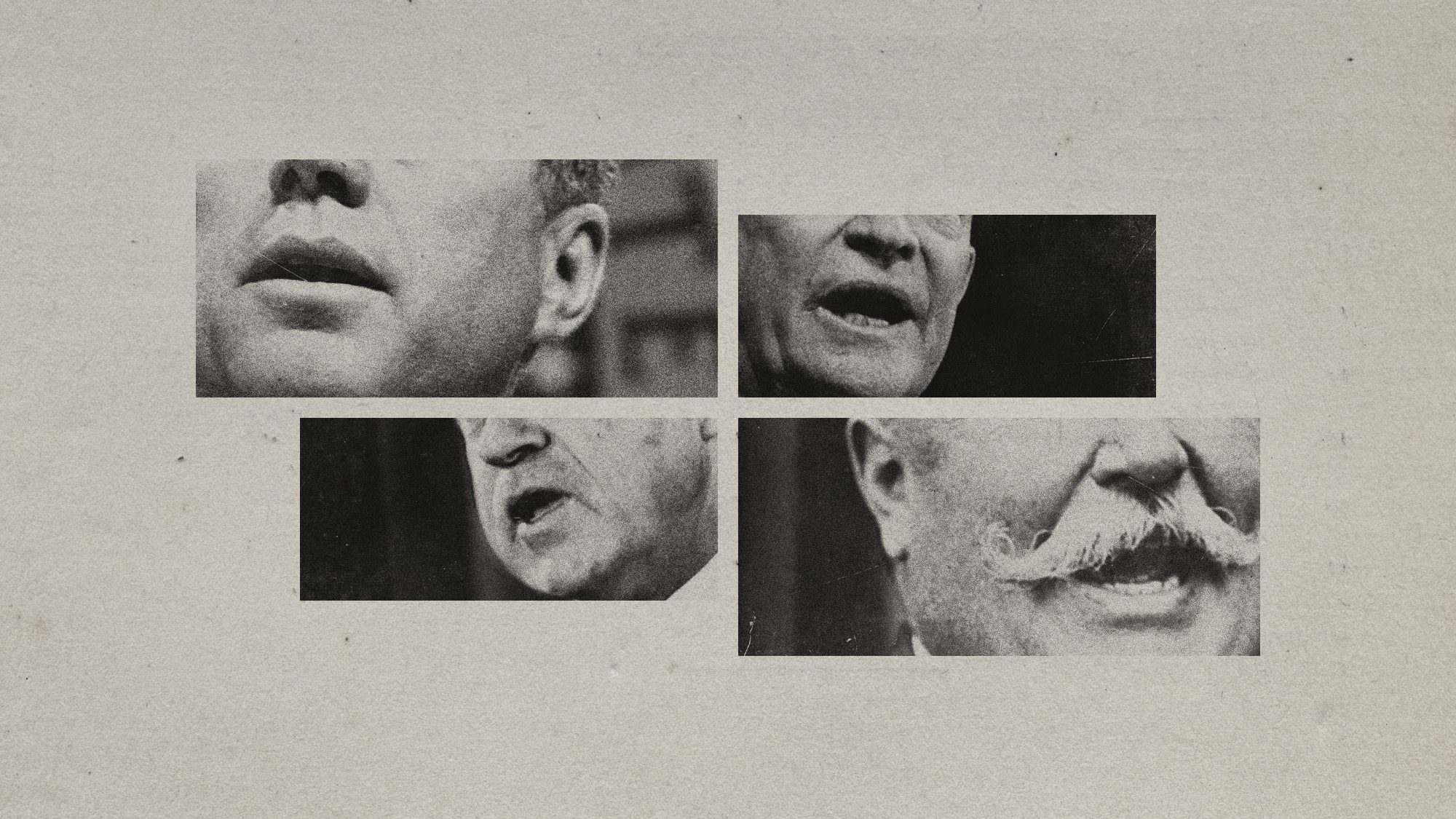 The last words and final moments of 40 presidents
The last words and final moments of 40 presidentsThe Explainer Some are eloquent quotes worthy of the holders of the highest office in the nation, and others... aren't
-
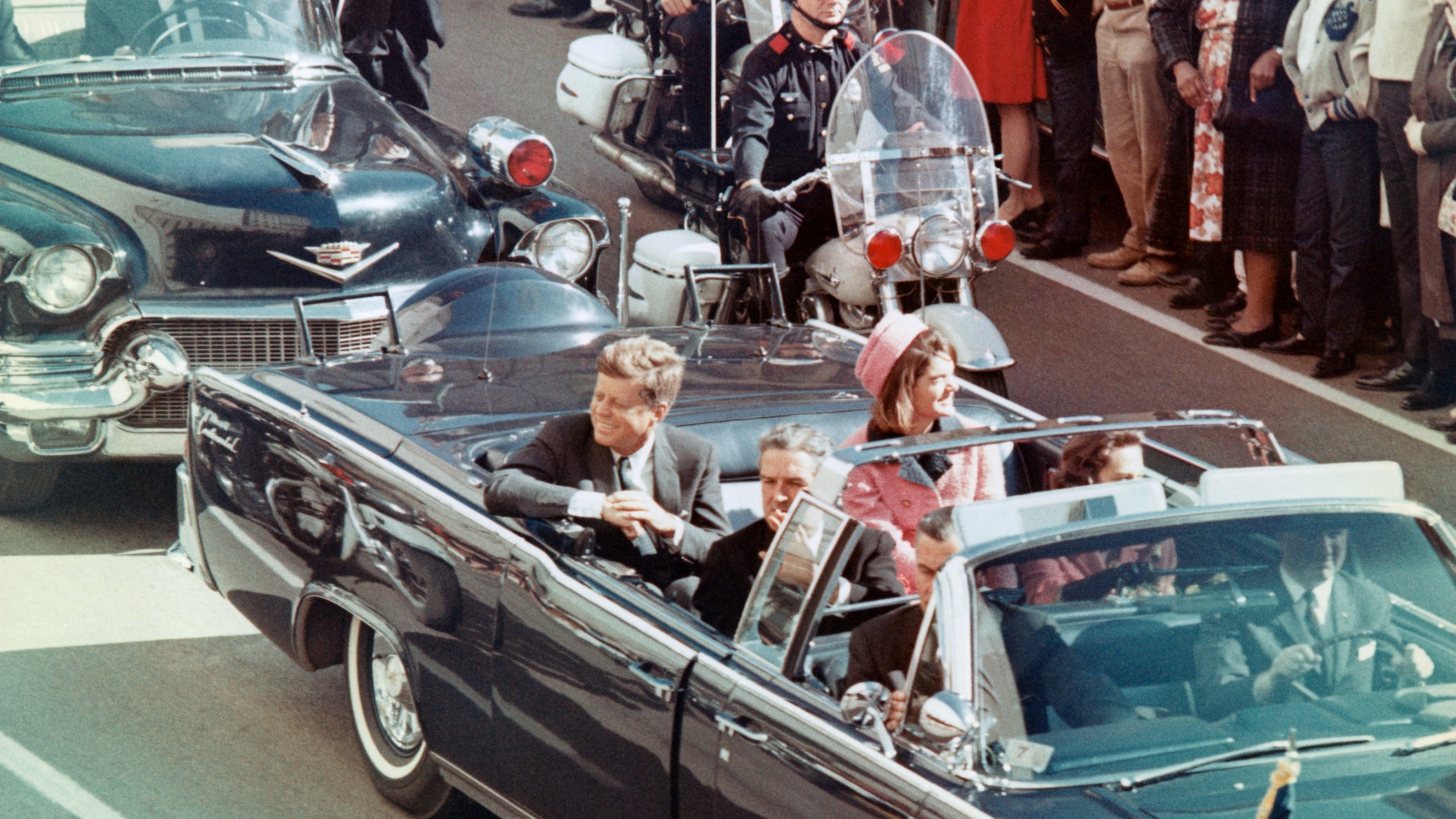 The JFK files: the truth at last?
The JFK files: the truth at last?In The Spotlight More than 64,000 previously classified documents relating the 1963 assassination of John F. Kennedy have been released by the Trump administration
-
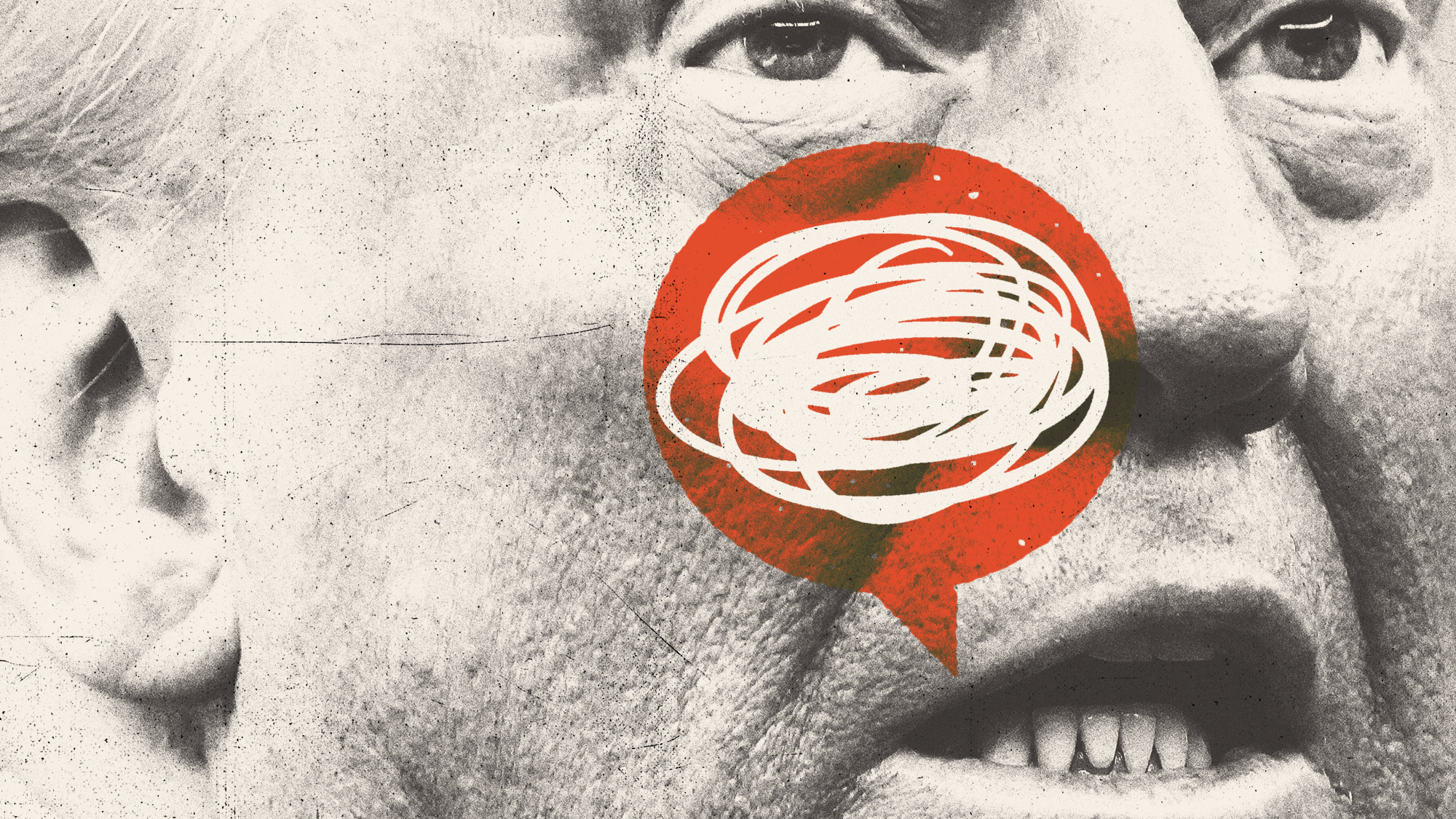 'Seriously, not literally': how should the world take Donald Trump?
'Seriously, not literally': how should the world take Donald Trump?Today's big question White House rhetoric and reality look likely to become increasingly blurred
-
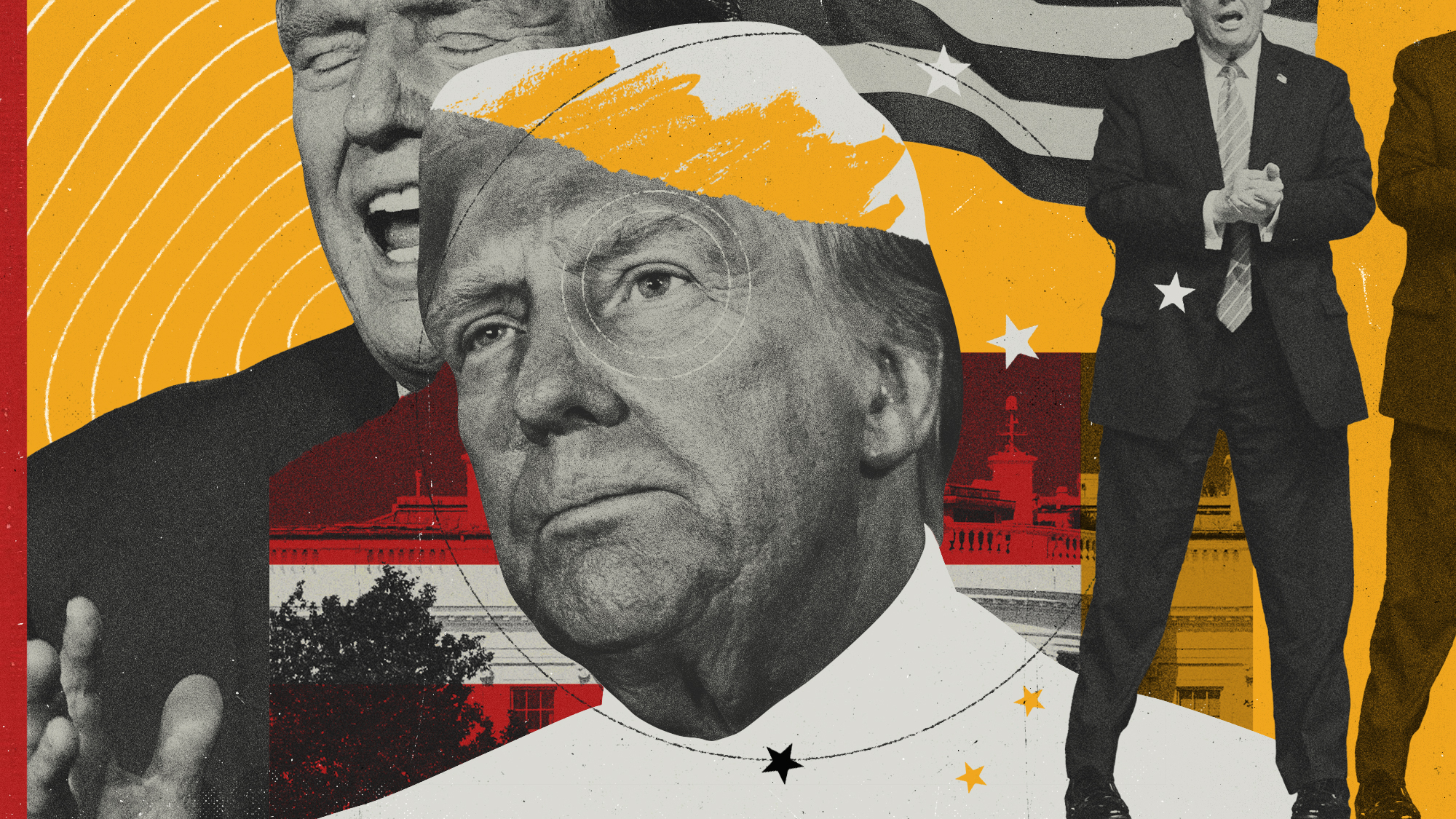 Will Trump's 'madman' strategy pay off?
Will Trump's 'madman' strategy pay off?Today's Big Question Incoming US president likes to seem unpredictable but, this time round, world leaders could be wise to his playbook